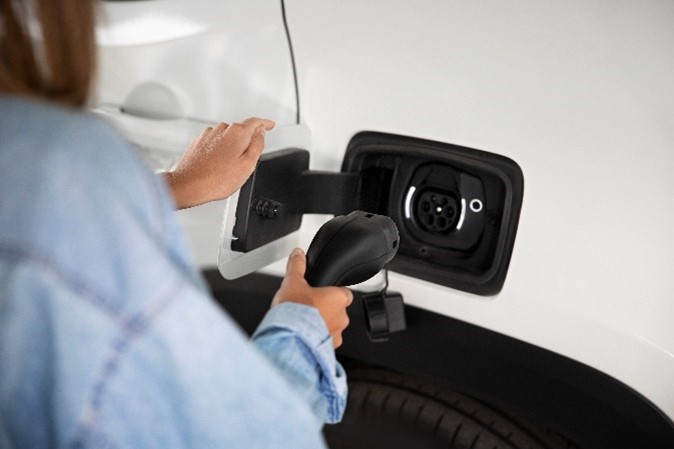At the time, when a cinema screen was a real novelty, who could have thought that it would be possible to have giant screens in shopping centres or even in the streets in the future? Indeed, on 28th December 1895 few people thought that those black-and-white images would one day be seen in colour, which happened before anyone expected, in the 1930s.
Since then the film industry has taken giant strides, and nowadays there are technologies such as the digital composition of messages, special effects or 3D images.
The growth has been so strong in recent years that we continuously receive visual stimuli every day. Let's start with our smartphones. According to a study by Ikea Spain, 1 out of 3 individuals looks at their mobile more than 100 times a day, which means that we look at it, on average, once every 10 minutes, not including the hours we are asleep. So, we receive dozens of audiovisual stimuli every day through our devices.
At the forefront of audiovisual technologies
Current audiovisual systems are mainly video, audio and control system technologies that can be applied to such varied areas as large-sized LED screens, projection systems, digital signage, public address systems and professional audio for theatres, auditoriums and all kinds of rooms, announcement systems for airports and subway stations, or simultaneous translation.
“We are at the forefront of all these technologies and we carry out turnkey projects where our experience is vital in the fields of design engineering, installation and entry into service in a variety of technological areas, thereby offering an adapted audiovisual integration service using innovative solutions”
Javier Alonso
| Head of the Audiovisual Area
After-sales service, however, can even be more important than the technology installation services. This is because monitoring, maintenance and supervision services, together with the management of content, allows one to guarantee the correct functioning of the technological services.
In this respect, Alonso points out that “screens can now be managed centrally, so thanks to the solution we have implemented in Phone House stores, for example, it is possible to change a campaign in all the chain's stores from an office at the same time, simply by pressing a button. We now have a speed of response that we did not have before, and centralization makes access to information much easier”.
As well as the management of content, a key factor is that the technology service should always be operational and functioning correctly to guarantee success.
Know-how, innovation and efficiency, the keys to success
Dominion has considerable experience and know-how in the implementation of different audiovisual technologies, and wide-ranging expertise in creating the most efficient solutions, or those that are best adapted to its clients' needs. All this has made a great contribution to large-scale national and international projects.
Nevertheless, the transformation of the audiovisual sector is unstoppable and it is constantly changing, so it is essential to develop new capabilities on a continuous basis. Clear examples of this are ‘surround sound’ or interactive technologies. The first consists of improving the quality of the audio to 'wrap' the user in it and help him/her have an experience that is as close to reality as possible. For their part, interactive technologies seek to interact with the user through the five senses via video games or augmented reality…
All these new technologies represent a real challenge for the audiovisual industry, so it is essential to continue adapting to the new needs of clients and the sector.
In this respect, the current objective of all Dominion's projects is to ensure that the user's experience is as real as possible. “We want the technology to become completely invisible to the spectator's eyes and ears to create a real experience with images and sounds that surround him/her", Mr Alonso adds.
OMAN Exhibition and Convention Centre
Dominion's Audiovisual Area mainly works in countries such as Spain, Chile and the Middle East, and according to Javier Alonso one of the most significant projects carried out in recent months is the Exhibition and Convention Centre in Oman.
“We have put together the audiovisual part of the biggest convention centre in the country, including in a 3,000-seat theatre and meeting rooms, a public address system and aids for simultaneous translation and people with hearing difficulties, among many other things. The main rooms are already functioning, and although there are still a few details to be completed we can say that it is a project that is having quite wide-ranging repercussions in the region”.
Javier Alonso
| Head of Audiovisual Area
This major turnkey project has taken three years to complete, with a budget of around 10 million euros.
The convention centre is a great example of how to respond to the challenges of the industry, providing the most innovative solutions and anticipating the ever more demanding requirements of our clients. “Foreseeing our clients' needs by always offering them that bit extra: an additional element that makes the user's life easier and exceeds expectations”, adds Mr. Alonso.
Un centro de convenciones que se erige como uno de los ejemplos más reseñables de cómo seguir respondiendo a los retos de la industria, ofreciendo las más innovadoras soluciones y anticipándose a las cada vez más exigentes necesidades de los clientes, es posible. “Anticiparnos a las necesidades de los clientes ofreciéndoles siempre algo más: un elemento adicional que haga la vida más fácil al usuario y supere todas las expectativas”.












